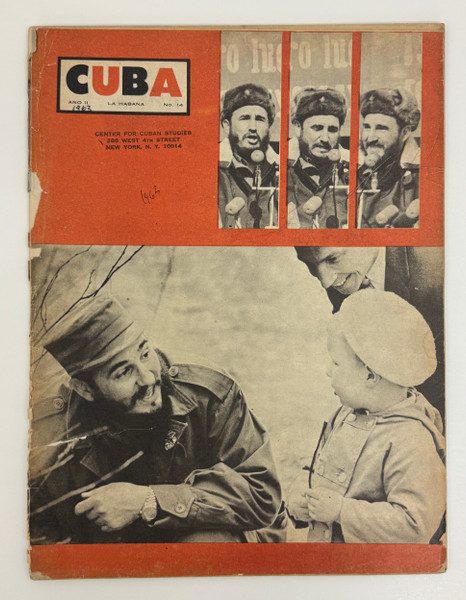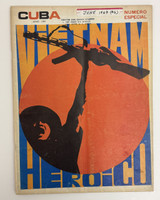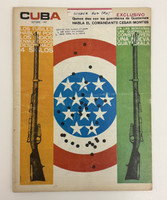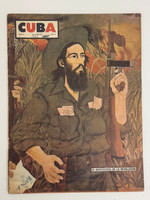- Travel
-
Exhibits
- La Portada Cubana
- Immortal Cuba: Artists Take on Their Heroes
- Seattle Poster Exhibit
- Sandra Dooley & Alejandrina Cué
- The Art of Wayacón
- Cuban Folk Art
- Cuba In Black And White
- 25 Years of Cuban Art Space
- Summer Folk Art Expo
- ¡SPRING AWAKENING FROM CUBA!
- Celebrating The Art Of Cuban Women
- Celebrating Paper, Affordable Art from Cuba
- Art of the Revolution
- Outsider Art
- Lost and Found
- En la lucha: Celebrating Cuban Women and Their Art
- Cuban Art Stash
- 100 Fires: 5 Cienfuegos Artists' Work on Paper
- Waya + Monte! Magic Realism in Cienfuegos
- Viva Cuba Viva! Poster Show
- Cultivando Sueños
- Black Lives Matter in Cuba Jan 9-March 27
- Leandro Soto: Crónicas visuales
- Cuban Canvas
-
Archive
- Global Reflection 2018: Spirit and Community
- Exhibit in the cloud: Contemporary Works on Paper
- MADE IN CUBA! MINNEAPOLIS EXHIBIT
- Cuban Posters and Photography from CCS collection
- AUTUMN SALE! Sept/Oct 2017
- SPRING ARTS AND CRAFT SALE
- Vuelo Directo/Non Stop: Alberto & Alejandro Lescay
- The Many Faces of Fidel
- Somos
- Made in Cuba!
- The US empire in Cuban graphics
- Made in Cuba/Seattle exhibit
- Entre Nos
- Looking Back
- Cuban Art Space
- Membership/Donate
- About Us
- Cuba News
-
CUBA was Cuba's premier illustrated monthly magazine during the early revolutionary period, published in Havana and distributed internationally. This 1963 issue, Year II, Number 14, directed by Antonio Núñez Jiménez with Dario Culmencia as chief of editorial, represents the magazine during its formative years, establishing the documentary photographic style that would characterize Cuban revolutionary publications.
The issue documents Cuban-Soviet relations at the height of Cold War tensions, just months after the Cuban Missile Crisis of October 1962. The cover features a prominent photograph of Fidel Castro meeting with a smiling Soviet citizen, likely related to the historic spaceflight of Valentina Tereshkova, the first woman in space (June 1963). Three portrait photographs across the top show Soviet cosmonauts, celebrating Soviet space achievements and Cuban-Soviet solidarity. The design demonstrates the magazine's early documentary approach, emphasizing photojournalism over the more graphic poster-style designs that would characterize later issues.
The cover composition uses a bold orange band across the top and bottom to frame the large-scale photographic content, creating a simple but effective design that prioritizes the documentary image over graphic embellishment. The magazine logo appears in a clean black box in the upper left corner, establishing the branding identity. Interior content includes articles on Soviet-Cuban cooperation, with features titled "En la patria de Lenin: Fidel con el Pueblo" (In Lenin's homeland: Fidel with the People), "El mar, Martínez Pedro y los poetas" (The sea, Martínez Pedro and the poets), coverage of Managua and jazz in Cuba, and a joint Soviet-Cuban communiqué documenting the strengthening alliance between the two nations during this crucial period of revolutionary consolidation and international socialist solidarity.
-
-
Discover More at the Center for Cuban Studies







